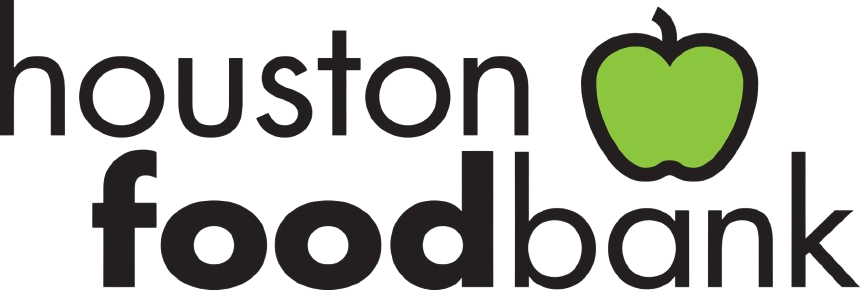
Every parent’s goal is to raise a happy and healthy child without missing out on the joy it brings. And the journey begins with giving nutritious solids when your child is ready for it. One way to know what your baby is eating is by making your baby food. While it may sound like a daunting task, especially for working parents, these DIY healthy baby food recipes mentioned below are easy to make.
The American Academy of Pediatrics recommends introducing baby food at six months old.
What’s also important to remember is that your baby should show signs of readiness for eating solids such as reaching out for food set on the table, opens mouth when offered food on a spoon, good head and neck control, and can sit upright when supported.
According to the Centers for Disease Control and Prevention (CDC), the order of introducing solids is not critical. The attention should be on choosing the right food that’s easy to puree and feed.
Planning & Preparation
The following tips are essential when preparing to feed a baby with homemade food:
Introduce a new food every 3 to 5 days
Your child may or may not have a food allergy. This method helps in identifying the source that’s causing an allergic reaction.
Acceptance can take time
You may need to try a new food many times and in many forms before your child accepts it. Keep offering a wide variety of new foods but avoid forcing your child to eat something that their palate isn’t ready for.
The right consistency depends on the baby’s age
Your child will gradually develop the habit of eating solids, and in the beginning, will need thinner consistency food. It’s best to add water, milk, or broth to make the food more liquid, and it’s easier on digestion.
Avoid honey and additives
Remember not to add honey to baby food, Yes, babies younger than 1 year old should not be given honey. Clostridium bacteria that cause infant botulism usually thrive in soil and dust. Do not add sugar or any other sweeteners to baby food without checking with your pediatrician first. (Villines 2020)
For babies aged between 4-6 months
Banana Puree
Combine half-ripe and sliced banana and a cup of water and blend them in a mixer to get a runny mixture. Bananas are a rich source of potassium and fiber. The pure is easy to digest, and your kid is going to love the taste too.
Mashed Sweet Potato
Sweet Potatoes are a good source of vitamin and complex carbs. Boil sweet potatoes in water until they are soft. Blend it either with breast milk or water to get a rich, creamy paste. Your mashed sweet potato recipe is ready to be given to your baby.
Avocado Mash
To a mixer, add half a cup of peeled and chopped avocado with one cup of water. Blend them to get a creamy custard-like puree. It’s a bowl filled with vitamin C and good fat.
Whole Grain Puree
You need to give grains of all kinds to your child for healthy growth. Choose any grain like brown rice, barley, quinoa, oats, etc. Half cook it in water and blend the cooked grain with water to make a puree.
For babies aged between 7-9 months
Beetroot and Berry Puree
The recipe is very easy to make and delicious too. Boil half a cup of beetroot slices until they are soft. Put these boiled slices and half a cup of mixed berries in a mixer and blend them. Add water or breast milk to adjust the consistency.
Pear and Pumpkin Puree
Take equal portions of both pear and pumpkin, say half a cup. Both peeled, deseeded, and sliced, they put them in a blender with some water and blend them into a puree. Your bowl filled with a good source of vitamin K and C is ready for your child.
Papaya Mash
The enzymes in papaya aid digestion, making it an excellent food to help relieve your baby’s constipation problem. Talk half a cup of peeled, deseeded, and sliced papaya and blend it into a smooth paste. Add water to adjust the consistency.
For babies aged between 9-12 months
Fish, Carrot, and Spinach Mash
It’s a power bowl filled with nutrients your child needs. Take half a cup of each ingredient – fish fillet, peeled and sliced carrots, and spinach leaves. Steam all these ingredients in a pan filled with water for 15 minutes. Cool and mash them together in a blender. Use a little water to adjust the consistency if you like.
Chicken Puree
Cook one cup of diced chicken breast in olive oil for around five to ten minutes until it becomes a rich golden brown color. Ensure the chicken is well cooked to avoid any digestion problems. Let it cool for a few minutes, then put these chicken in a blender. Add half cup vegetable broth, one teaspoon of cheese, two tablespoons of greek yogurt, and one teaspoon of herbs of your choice like oregano, rosemary, etc. Blend them with some water to get the desired texture of the puree.
Banana Quinoa Mash
It’s a healthy quick fix in your child’s diet. Add ½ ripe banana, a pinch of cinnamon, four tablespoons of well-cooked quinoa, and one tablespoon of whole milk yogurt. Blend them to get the desired mash. You can also add some water for the perfect texture.
Work Cited
Villines, Zawn. “How to Make Baby Food: Recipes and Nutrition.” Medical News Today, MediLexicon International, 22 June 2020, www.medicalnewstoday.com/articles/how-to-make-baby-food.
















